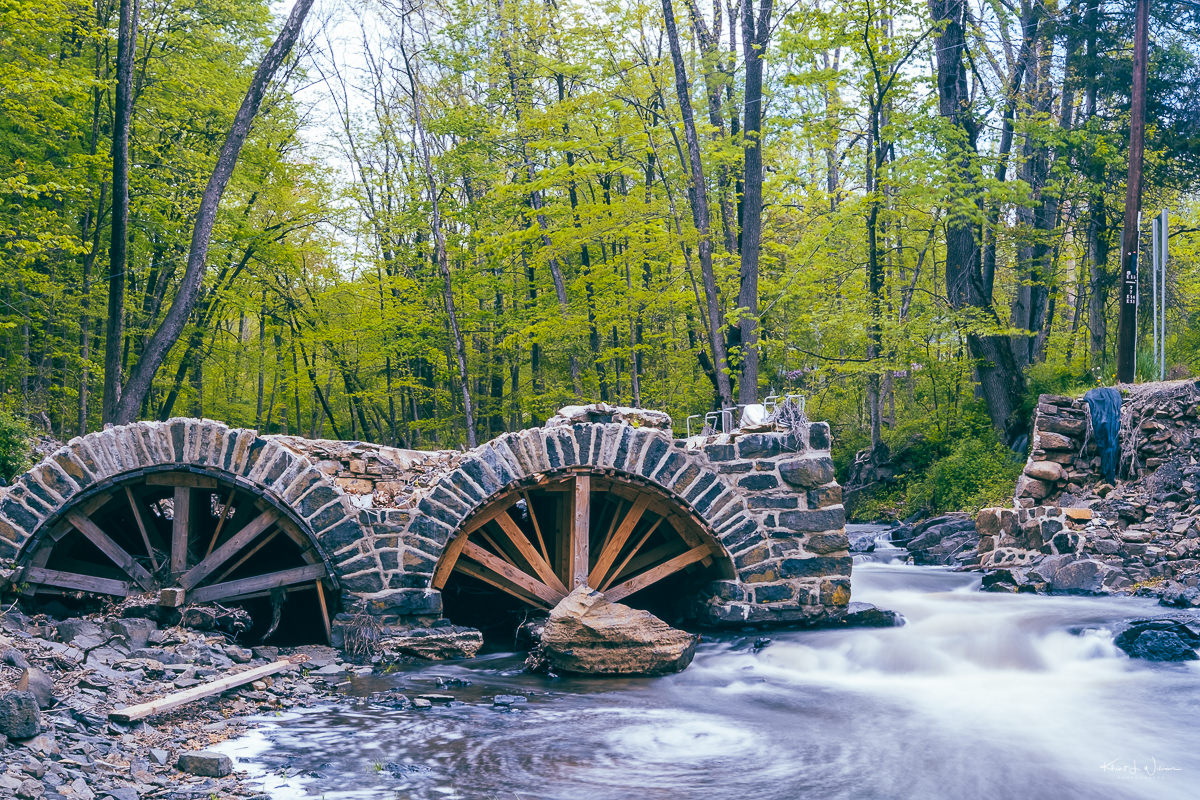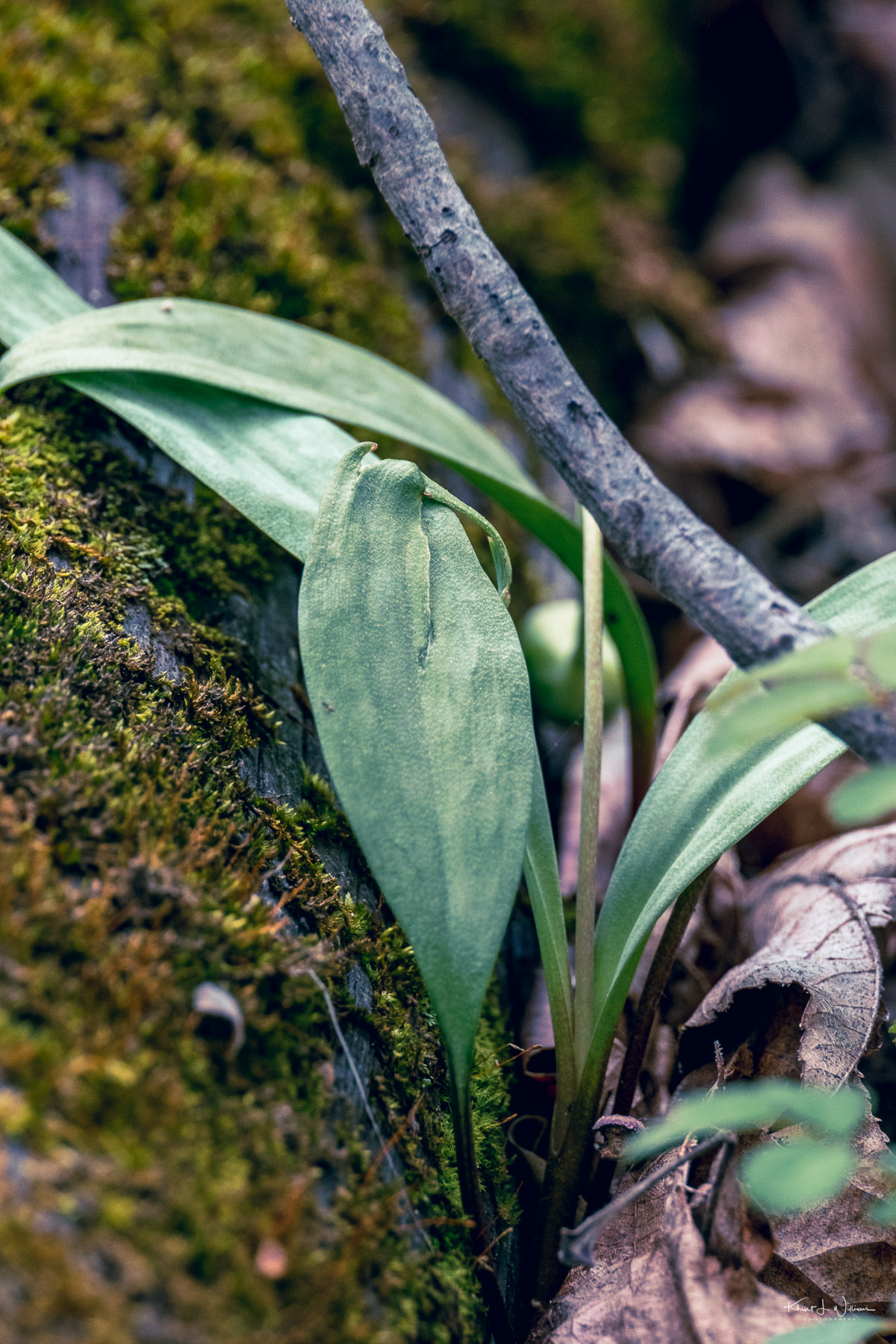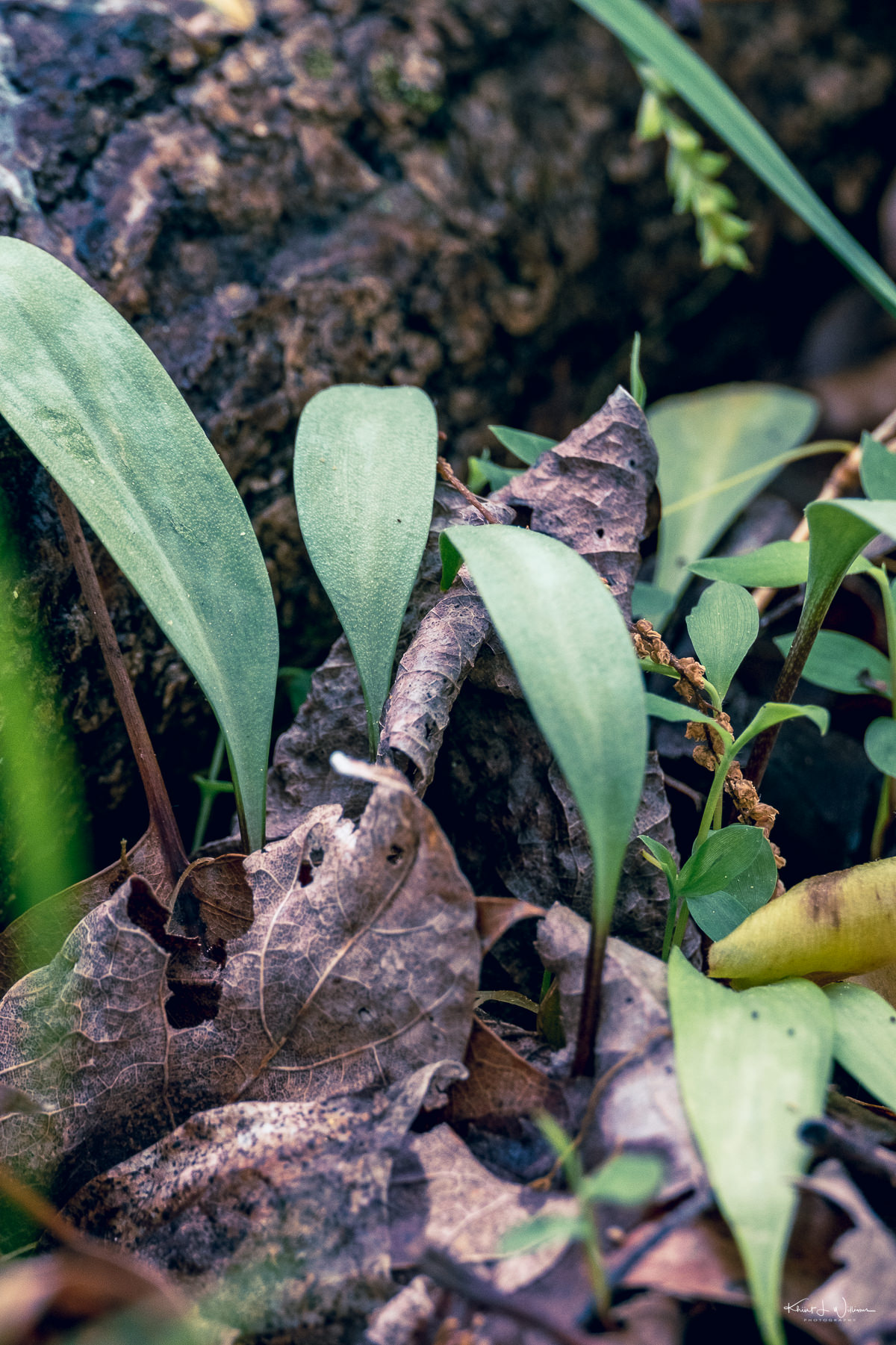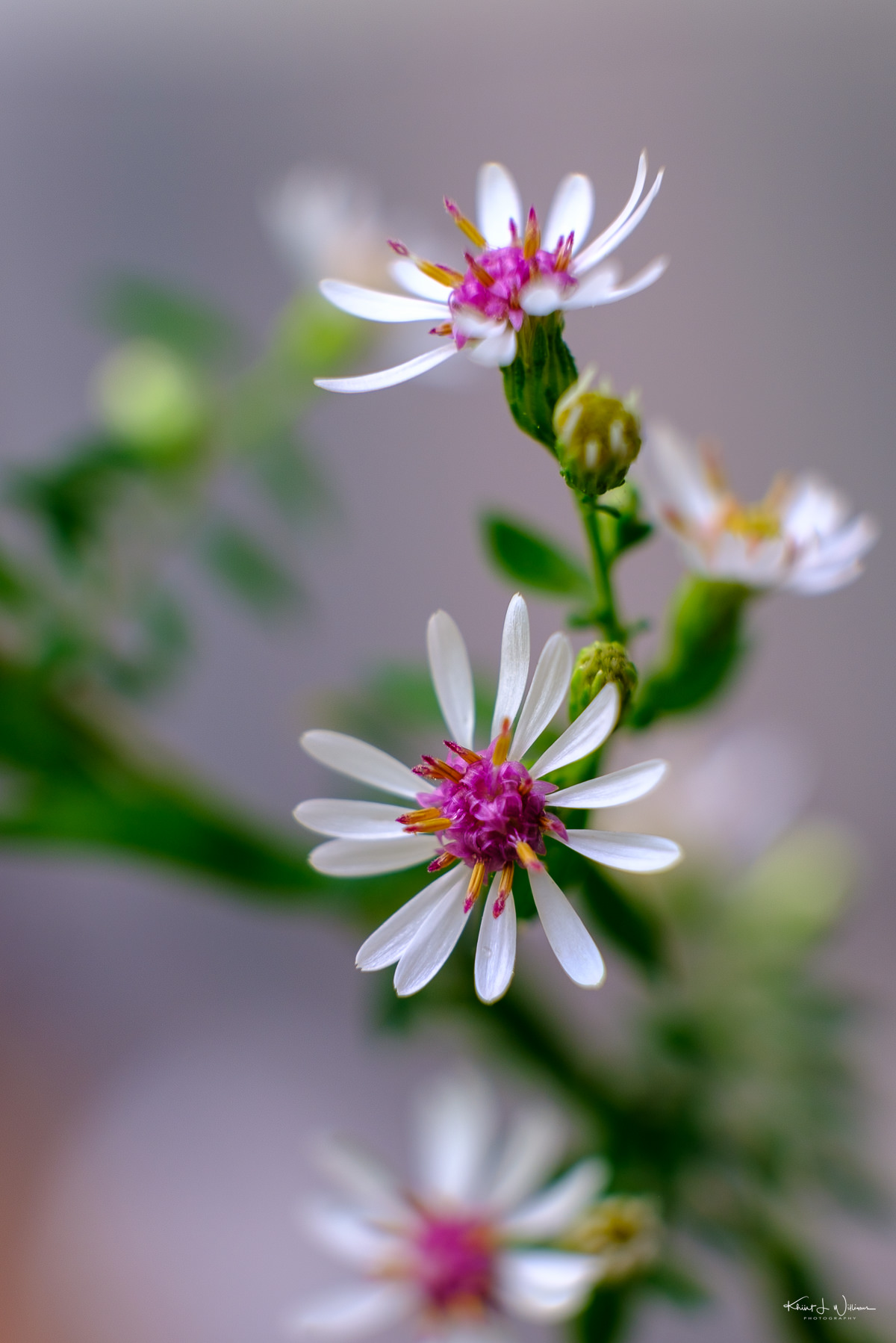After photographing the waterfall, I walked north along the short trail in Zion Crossing Park. At the far end of the trail are the remains of the Zion-Wertsville Road Bridge.
The Zion-Wertsville Road Bridge, aka the Rock Brook Bridge, is in Hillsborough Township and is part of the border between Montgomery Township, intersecting Hollow Road and Zion-Wertsville Road. It was built in the late 1800s and is a historic iron truss bridge that spans the Millstone River. The bridge is an important piece of history for Hillsborough Township, and it has been listed on the National Register of Historic Places since 1995.
The bridge was originally used for vehicular traffic but closed in 1984 due to safety concerns. However, in the 1990s, the bridge was restored and converted into a pedestrian and bicycle bridge.
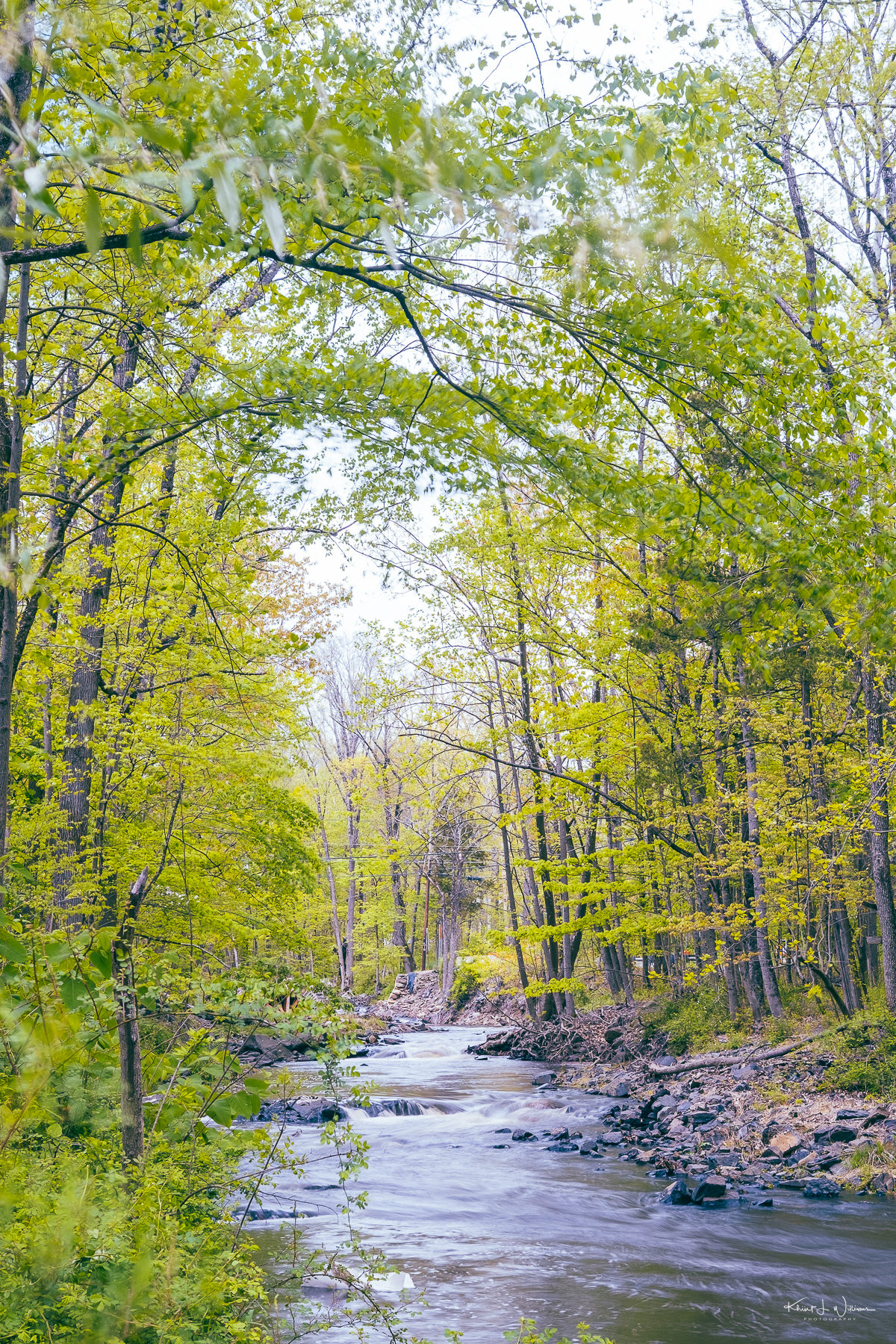
A new project, the Zion-Wertsville Road Bridge Rehabilitation Project, was started to fix up this historic bridge. It involved putting in a reinforced concrete arch liner with concrete fill and a reinforced concrete relief slab for the steel stringer span. The plan was also to install a new steel tube railing to make the bridge safer.
The project started in August 2021, but unfortunately, things didn't go as planned. In September of that same year, the remnants of Hurricane Ida caused severe flooding and damage in the area, and the bridge was hit hard. The flood waters were so strong that they destroyed many of the materials used for the rehab project, and the bridge itself was seriously damaged. It was a challenging setback, but the community is working to get the project back on track as soon as possible.
The bridge was part of the route for the Sourland Spectacular, an annual bicycle race to raise funds for the Sourland Conservancy, a non-profit whose aim is to protect the delicate ecosystem of the Sourland Mountain Range.
One of my entries for Lens-Artists.
